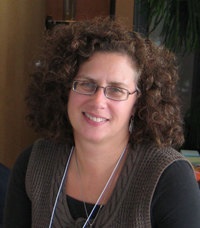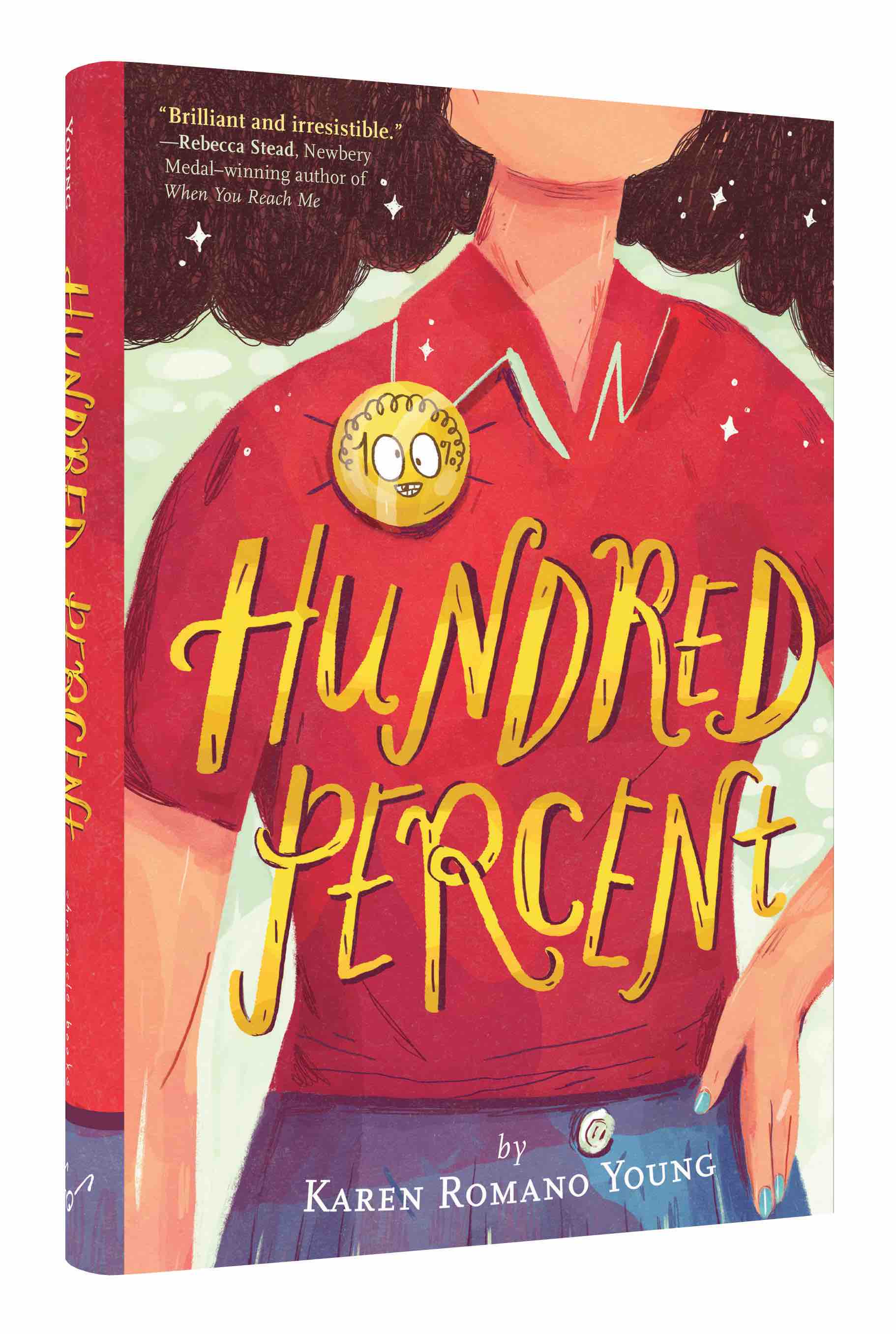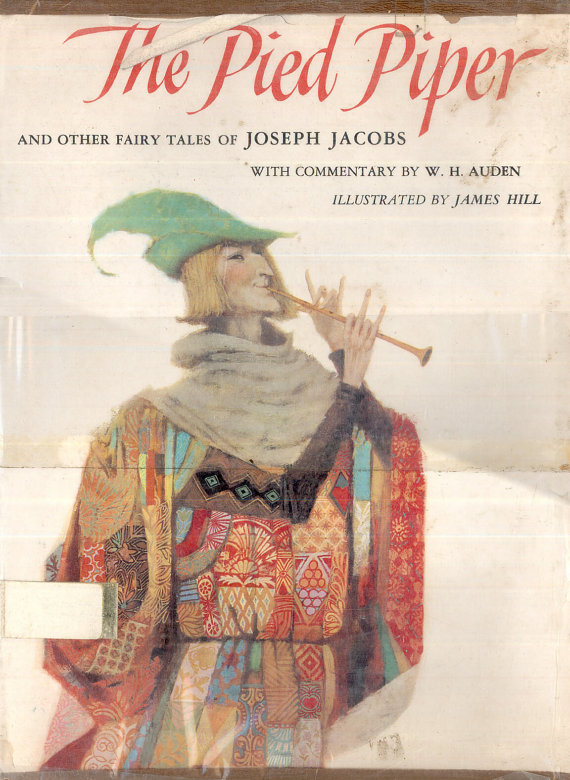 Karen Romano Young has written nearly two dozen books for children, and has illustrated several, including the groundbreaking graphic novel, “Doodlebug” and its sequel, “Stuck in the Middle (of Middle School).” The Following is a complete transcript of her interview with Cracking the Cover for her latest middle-grade novel, “Hundred Percent.”
Karen Romano Young has written nearly two dozen books for children, and has illustrated several, including the groundbreaking graphic novel, “Doodlebug” and its sequel, “Stuck in the Middle (of Middle School).” The Following is a complete transcript of her interview with Cracking the Cover for her latest middle-grade novel, “Hundred Percent.”
Why do you write?
I just always have. I have a diary I kept at age 9, and that year (4th grade) is the first year I was recognized for writing: my teacher read a story I’d written aloud; and I was one of 100 winners of a town-wide poetry contest. The award was getting your poem published in a book — an actual bound book! — that was available at the library.
Why specifically for middle-graders?
I write nonfiction, graphic fiction, and science comics as well as conventional fiction (chapter books) like Hundred Percent. Most of them are oriented toward kids about ages 8 to 14. I don’t know why, that’s just how it is.
Where did the idea for “Hundred Percent” come from?
In sixth grade, I moved from a parochial school to a public school, and everything was
different, from the people to not having to wear school uniform. Instead, we girls started a campaign, backed by our mothers, to get the right to wear pants to school on days when the temperature was below freezing. That’s just one example of the change sixth grade made for me, and since having children of my own I realize that sixth grade is a dramatic time even if you’ve been in the same school since you were five. This age is a rich well of stories for me.
 Tink is at that time in a young person’s life where everything is changing. How did her character develop?
Tink is at that time in a young person’s life where everything is changing. How did her character develop?
Hundred Percent was originally conceived as a series of stories about the same characters, stones in a stream that would reveal a bunch of developing characters. Ultimately I filled in the gaps — sort of — but it all started with the first chapter and the water fountain scene. There is so much underlying that scene — what went before, what happens between Tink and each other character to add layers, and what comes after.
After writing that story I knew who Tink was in no uncertain terms and then the rest of the story was a matter of putting her in new situations to see what she would do and how
she would change and grow.
Tink finds herself on the cusp of the popular circle, sometimes in, sometimes out. Is this from your own experiences or ones you observed?
Both. In my parochial school I was friends with people based on what games they played
on the playground. Up until sixth grade the people I played with outside of school were my younger sisters and with kids in the neighborhood. So the idea that there was a big social situation at school was one of the shocks of sixth grade to me.
Why do you think books like “Hundred Percent” are important?
Is it important? It’s particular, like an image in a poem is particular — that red wheelbarrow in that particular light, that stone wall — and if it resonates with you, makes you remember a feeling, then it changes you. Anything that makes you look more closely at life has the potential to do that.
Looking back, how has your writing evolved?
Technically I think my writing is stronger. I remember with my first book, The Beetle and Me: A Love Story, I had trouble figuring out how to convey time. I ended up naming my chapters for months, and it was a revelation to realize that I could just jump ahead by saying something like, “The following week…” And now, here’s Hundred Percent, in which the chapters pretty much also represent months. I’m much more comfortable placing the action at a new point on the timeline and being able to show what has changed since the last chapter. How different the outcome is, I don’t know!
Would you still write, even if none of your work was never published?
Funny you should ask, I was just going to comment on that as part of the last question, then glanced ahead and saw this. This knowledge — the answer to this question — is one of the major things that evolved for me. Like most writers, I’ve had some frustrations, manuscripts that weren’t accepted, or books that didn’t come out the way I hoped. At one point about ten years ago I thought I would bag it and go experiment with other work I’d thought of doing — teaching marine science, editing, working with animals. I did all those things, and at first it was cool because I had a regular pay check and lunch breaks. But it wasn’t long before I started coming back from lunch early to write something I thought of while out. Eventually those writings accumulated into something I could propose to a publisher, and when it was accepted, I had a choice to make. It was obvious (as it has been all my life, really) that I can’t NOT write. So at that point I decided to focus much more strongly on my writing life.
What are you working on now?
Three novels in different stages — a middle grade with illustrations, a young adult with a graphic component, and more about Tink. Three nonfictions in different stages — a book of science experiments, a book about whales, and a graphic nonfiction about deep sea exploration. I also continue my work in writing and communicating about ocean research at sea — the only piece of the work I did to get away from writing that has blossomed of its own accord.
 Is there a book from your own childhood that still resonates with you today? Why?
Is there a book from your own childhood that still resonates with you today? Why?
There are loads, but the one that jumped to my mind when I read this question is this gorgeous old book my mother bought us when we were small. It has a stylized Pied Piper on the cover and it’s called The Pied Piper and Other Stories. Although I loved the cover, I wasn’t wild about the Pied Piper story itself. It didn’t make any sense to me. But the book is a selection of the stories of Joseph Jacobs, the English Grimm, who went around recording stories heard by the hearth. It includes Childe Roland, the story of three brothers who are playing ball near a church and run around the church “widdershins” — the wrong way. Because of this they are taken away, and the only person who can get them back is their sister. Drawn as this sixties chick with bubble hairdo and empire-waisted dress, she looks dippy — but she outsmarts the ogre and rescues the boys. Tink would love it!
